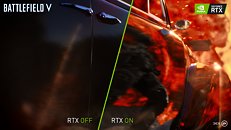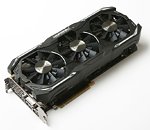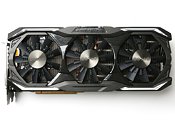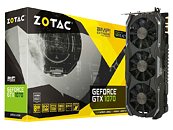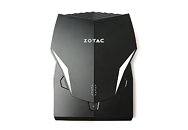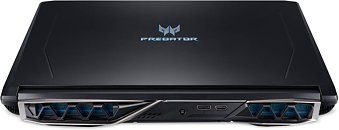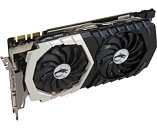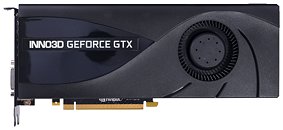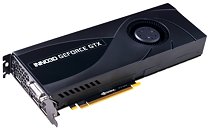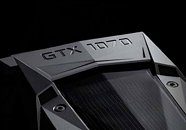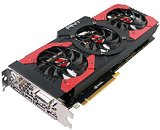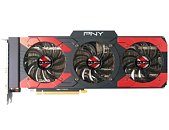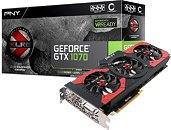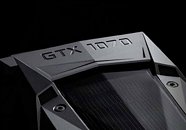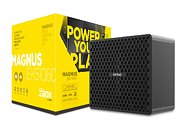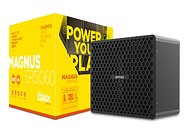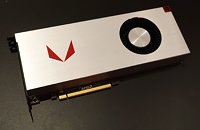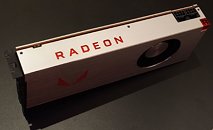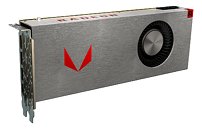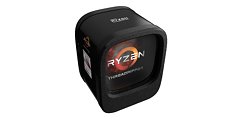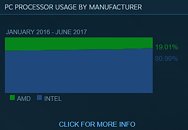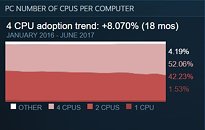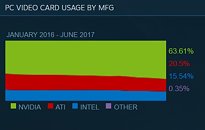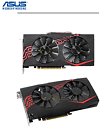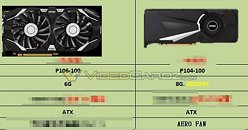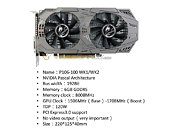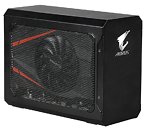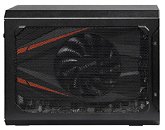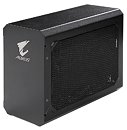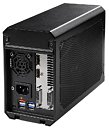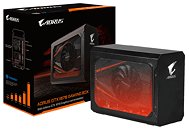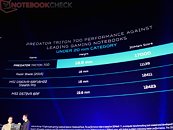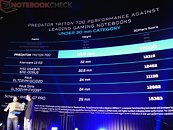
NVIDIA Extends DirectX Raytracing (DXR) Support to Many GeForce GTX GPUs
NVIDIA today announced that it is extending DXR (DirectX Raytracing) support to several GeForce GTX graphics models beyond its GeForce RTX series. These include the GTX 1660 Ti, GTX 1660, GTX 1080 Ti, GTX 1080, GTX 1070 Ti, GTX 1070, and GTX 1060 6 GB. The GTX 1060 3 GB and lower "Pascal" models don't support DXR, nor do older generations of NVIDIA GPUs. NVIDIA has implemented real-time raytracing on GPUs without specialized components such as RT cores or tensor cores, by essentially implementing the rendering path through shaders, in this case, CUDA cores. DXR support will be added through a new GeForce graphics driver later today.
The GPU's CUDA cores now have to calculate BVR, intersection, reflection, and refraction. The GTX 16-series chips have an edge over "Pascal" despite lacking RT cores, as the "Turing" CUDA cores support concurrent INT and FP execution, allowing more work to be done per clock. NVIDIA in a detailed presentation listed out the kinds of real-time ray-tracing effects available by the DXR API, namely reflections, shadows, advanced reflections and shadows, ambient occlusion, global illumination (unbaked), and combinations of these. The company put out detailed performance numbers for a selection of GTX 10-series and GTX 16-series GPUs, and compared them to RTX 20-series SKUs that have specialized hardware for DXR.Update: Article updated with additional test data from NVIDIA.
The GPU's CUDA cores now have to calculate BVR, intersection, reflection, and refraction. The GTX 16-series chips have an edge over "Pascal" despite lacking RT cores, as the "Turing" CUDA cores support concurrent INT and FP execution, allowing more work to be done per clock. NVIDIA in a detailed presentation listed out the kinds of real-time ray-tracing effects available by the DXR API, namely reflections, shadows, advanced reflections and shadows, ambient occlusion, global illumination (unbaked), and combinations of these. The company put out detailed performance numbers for a selection of GTX 10-series and GTX 16-series GPUs, and compared them to RTX 20-series SKUs that have specialized hardware for DXR.Update: Article updated with additional test data from NVIDIA.






